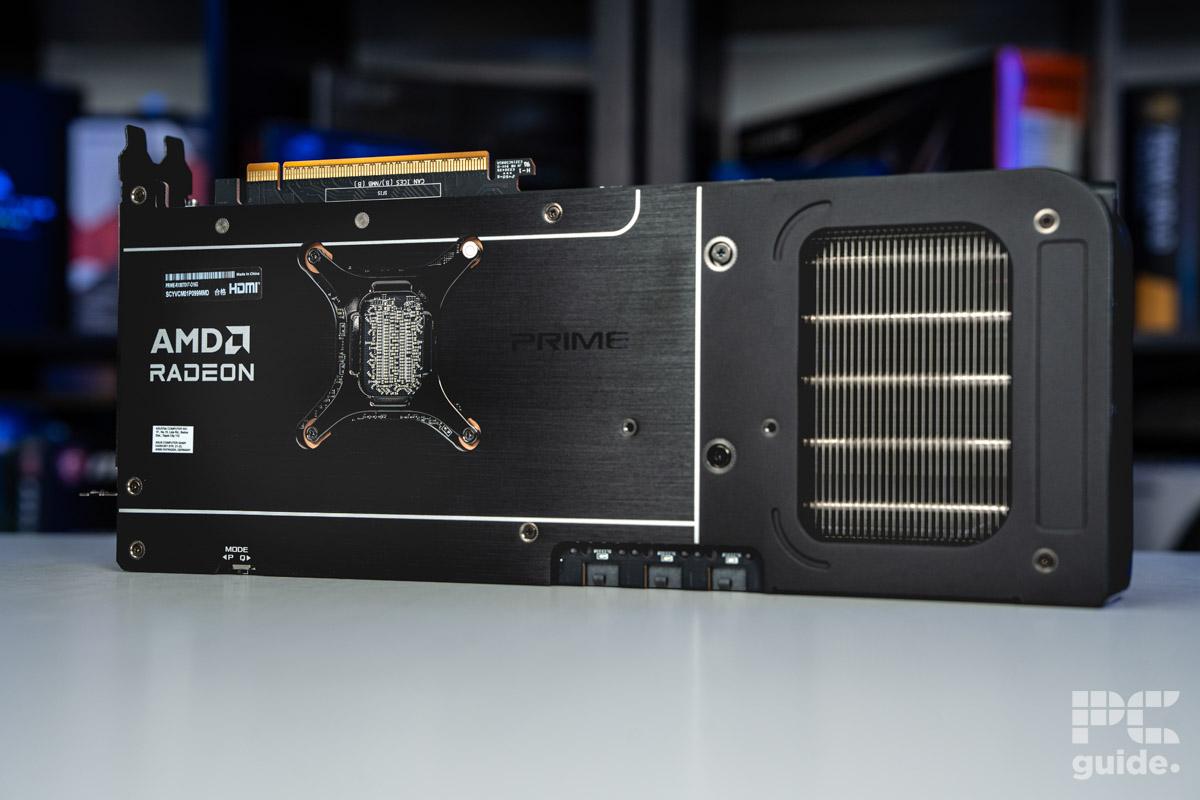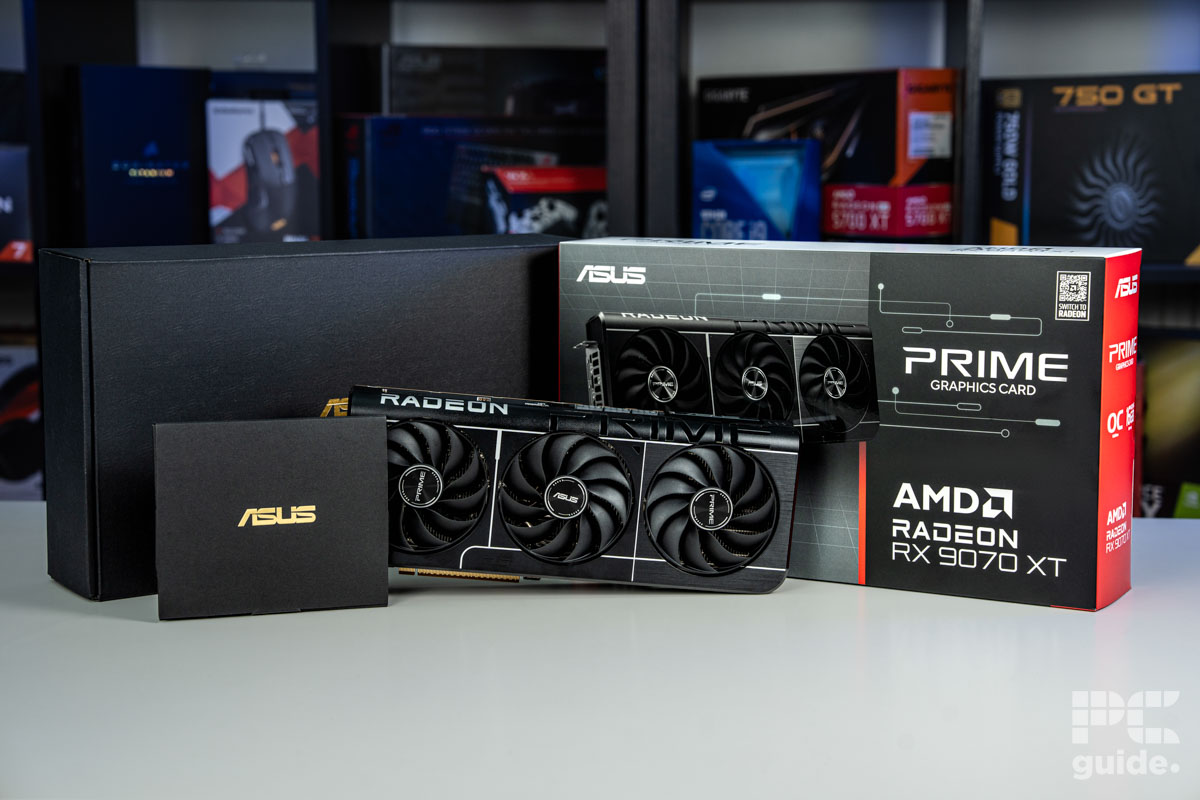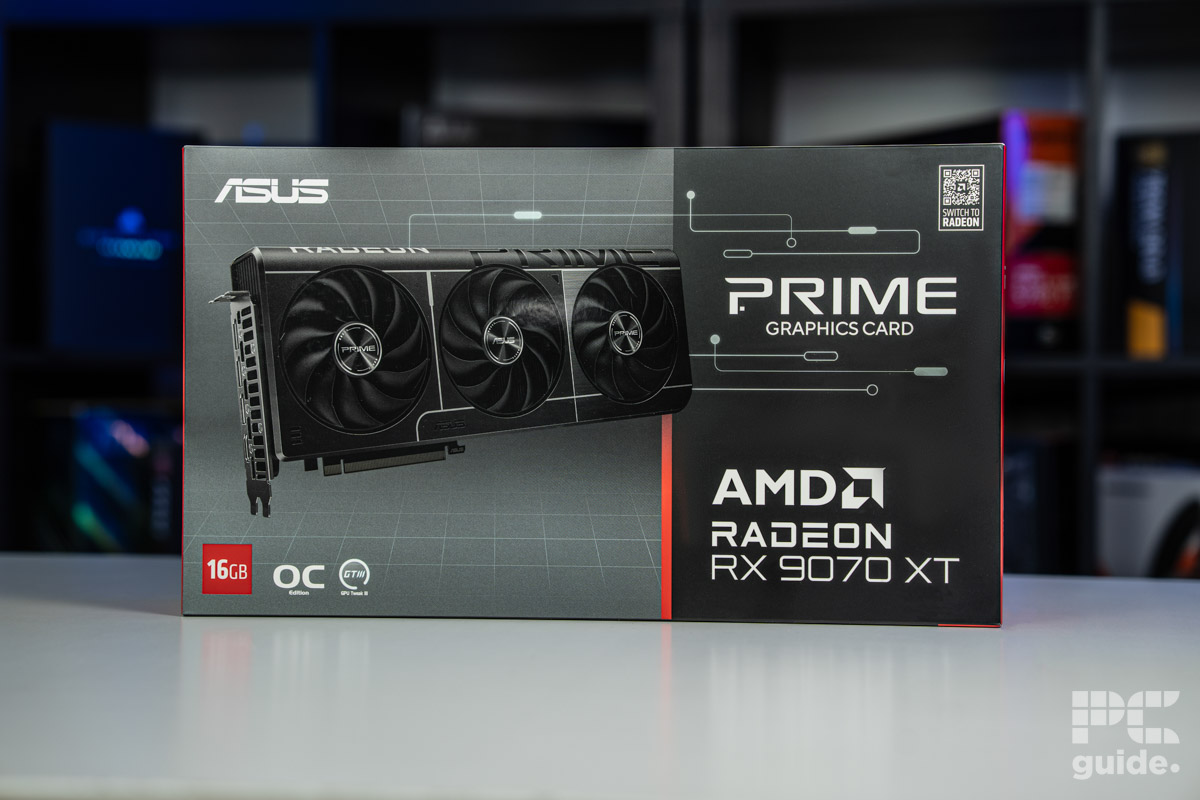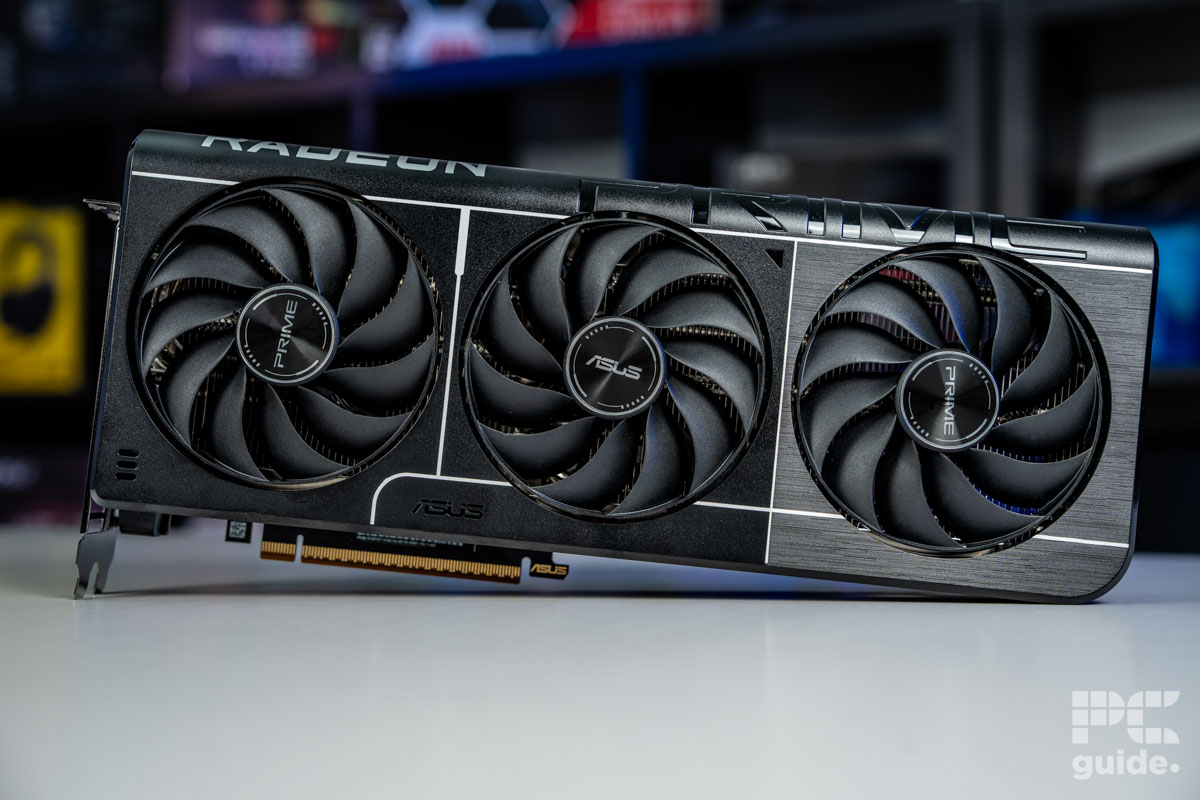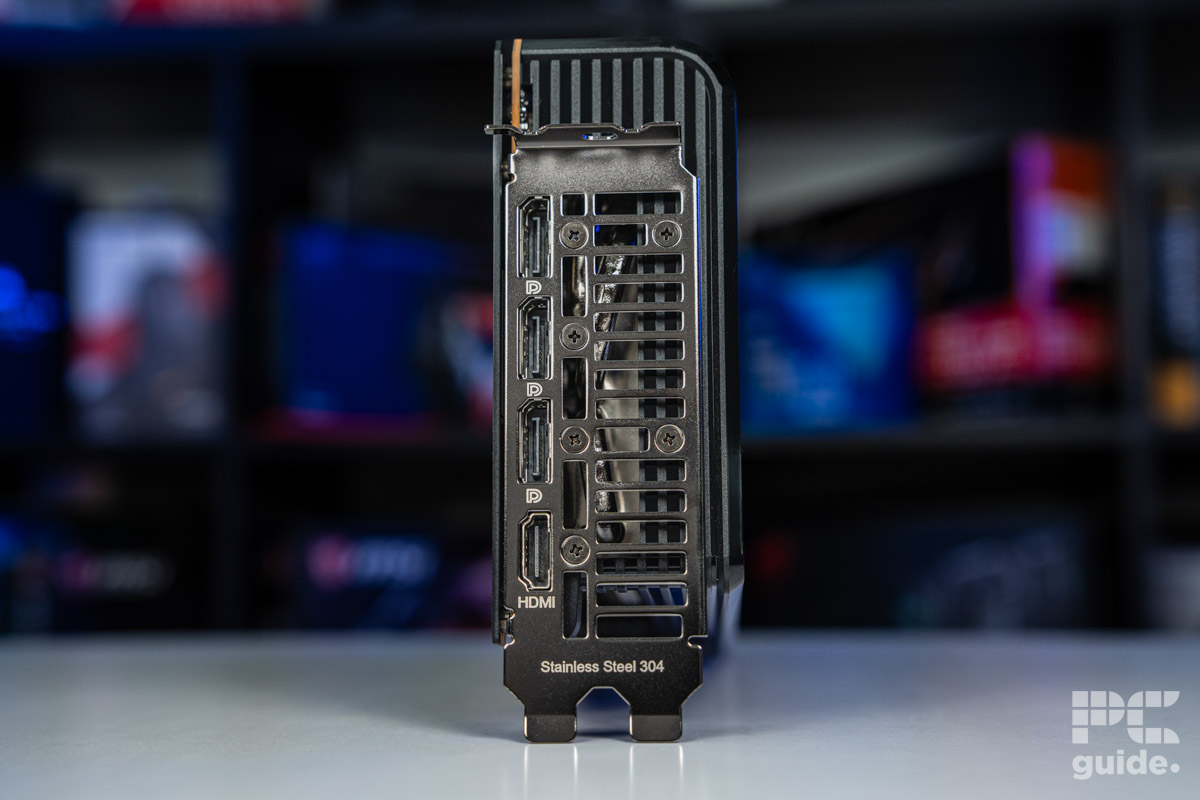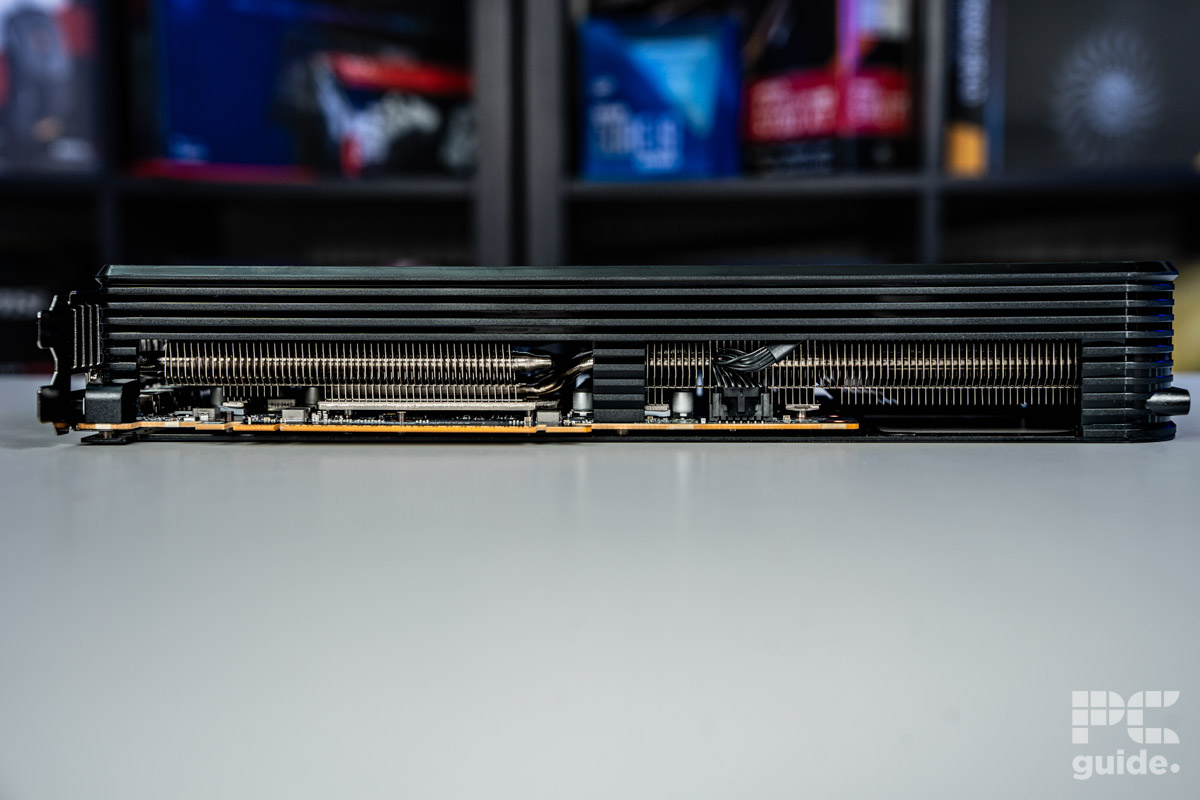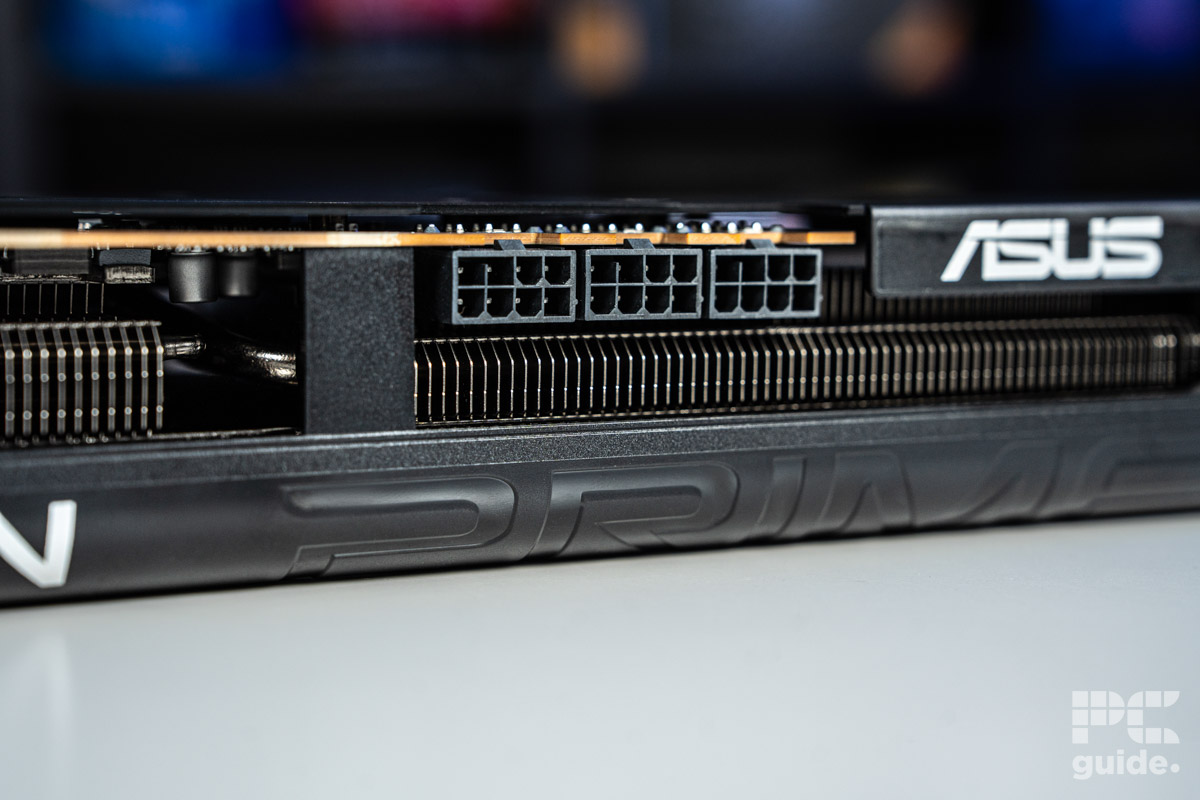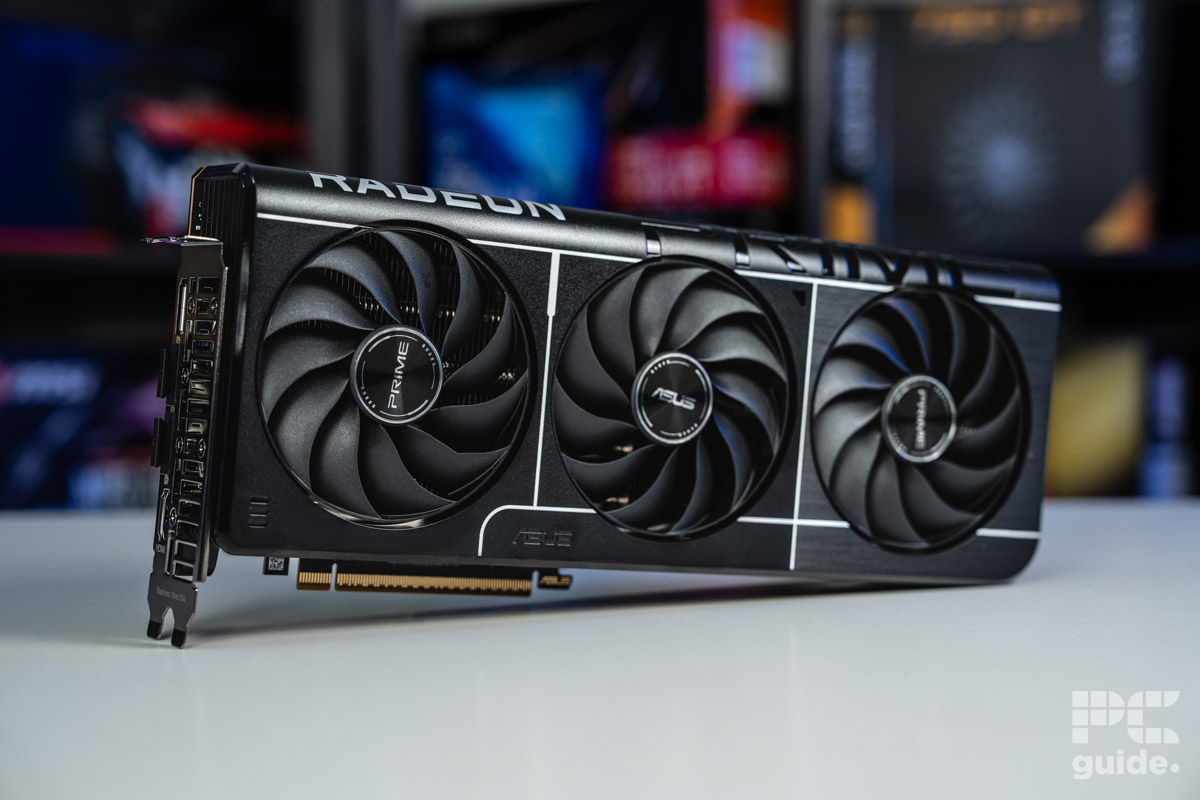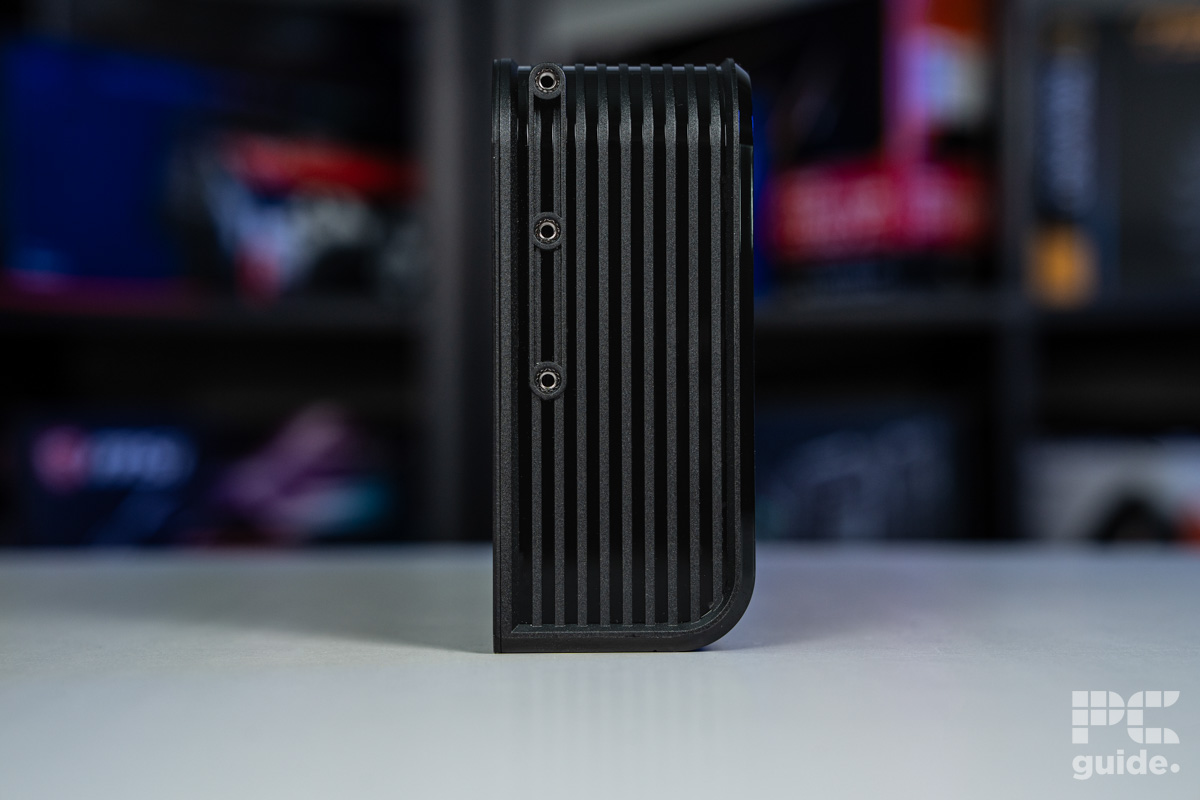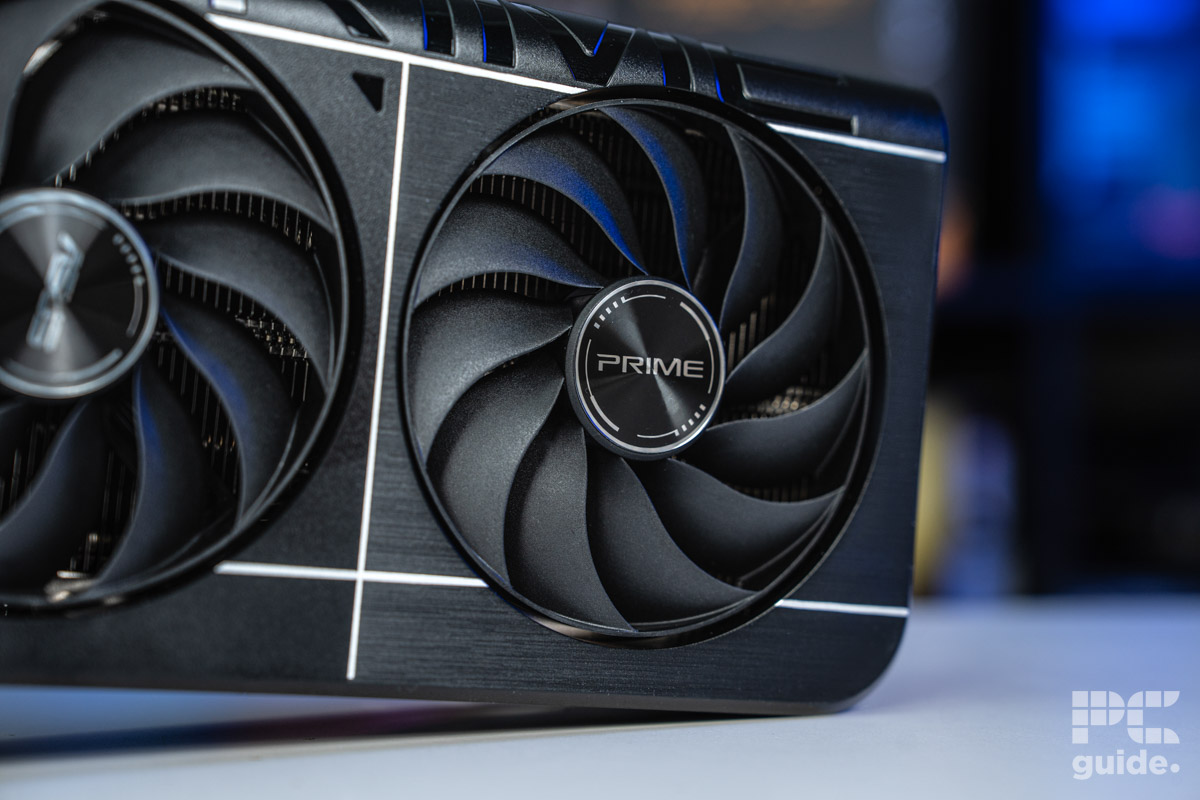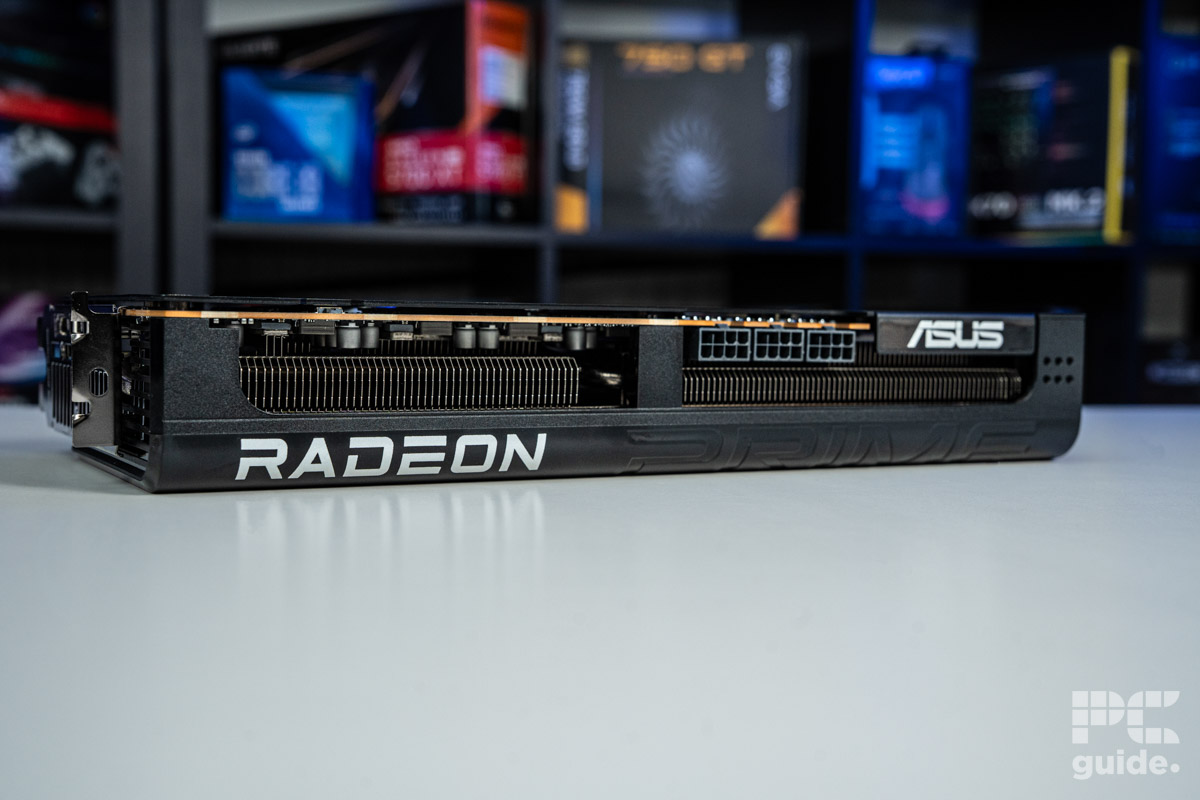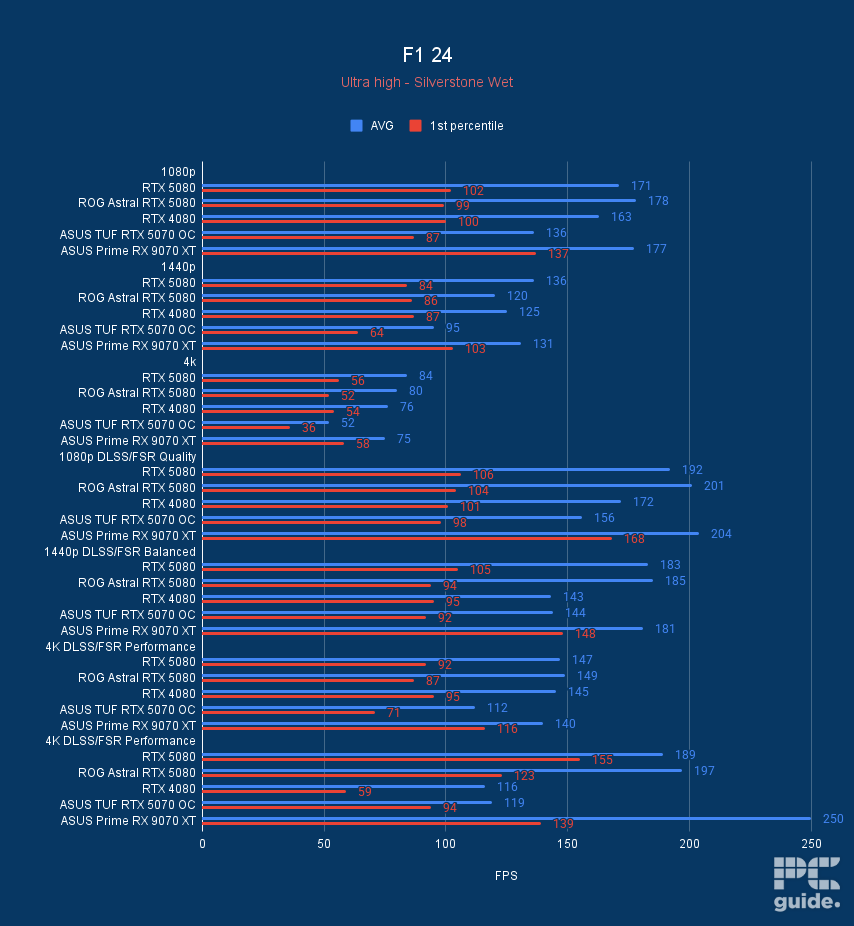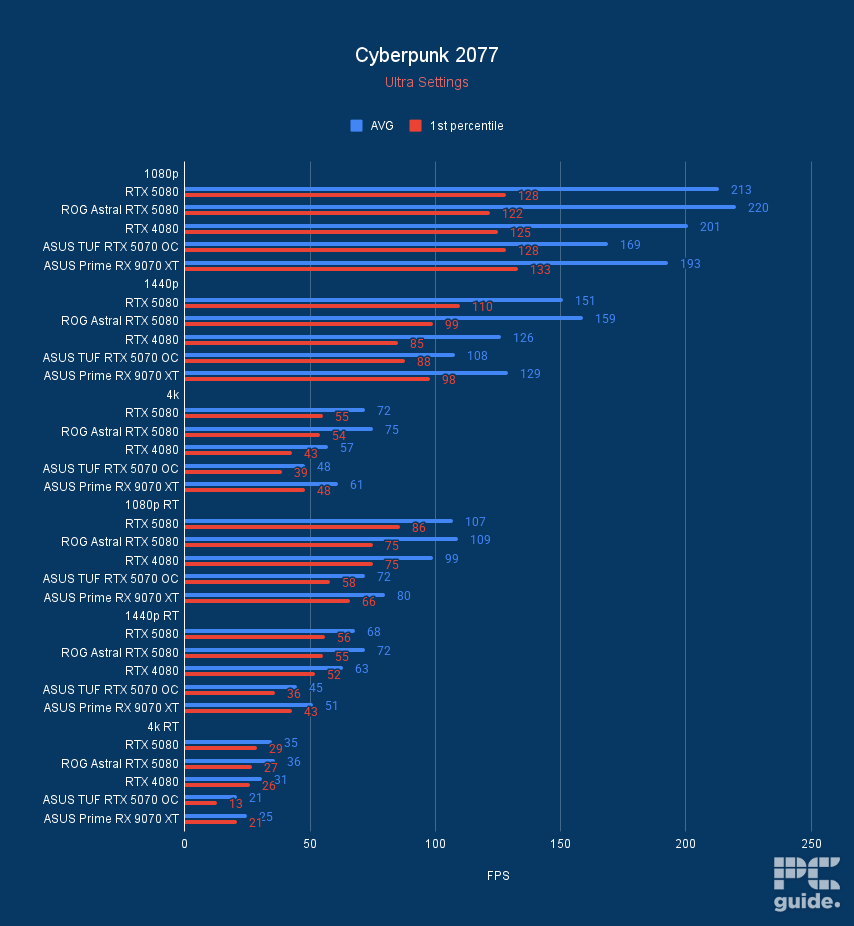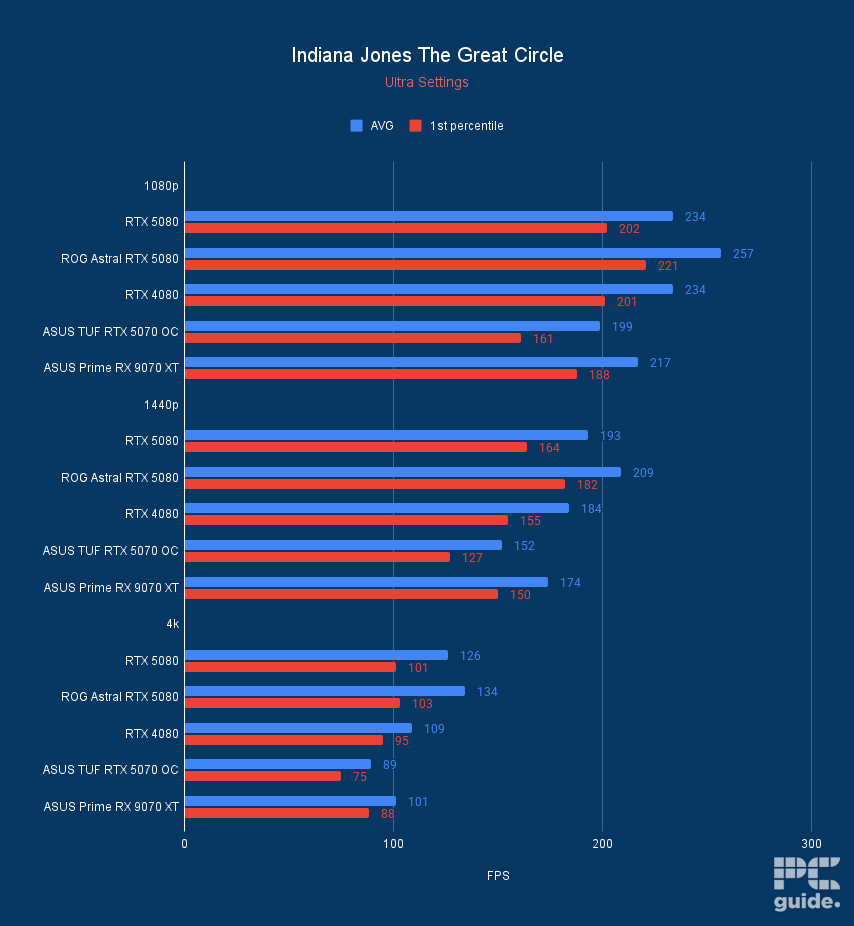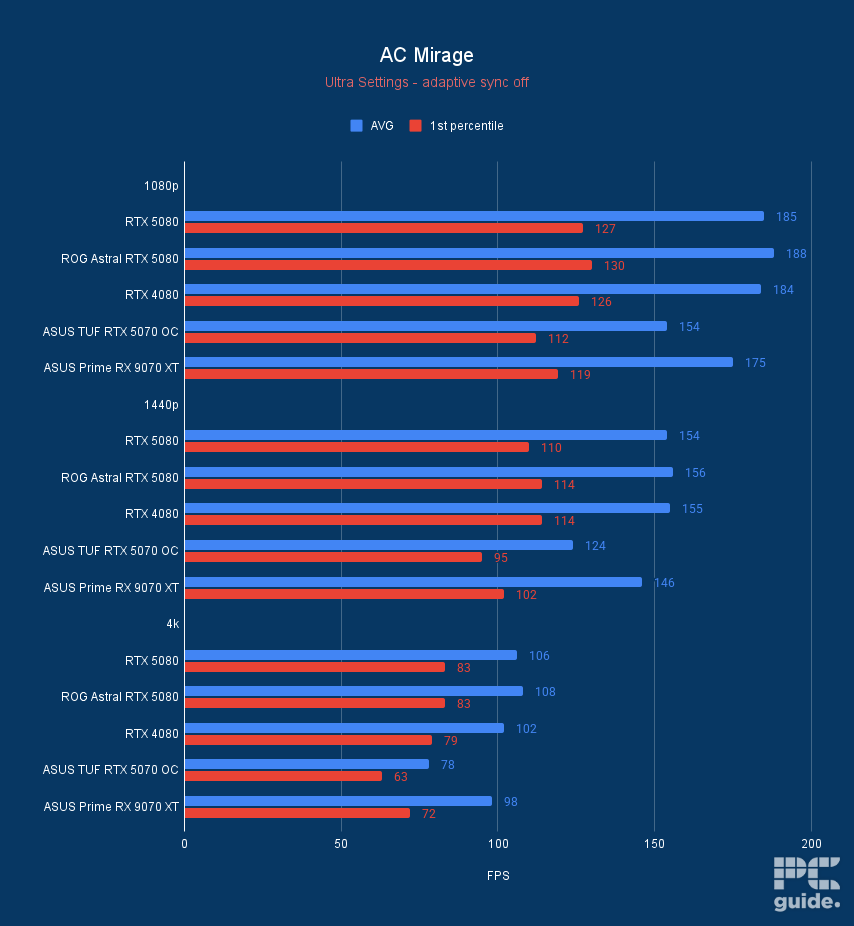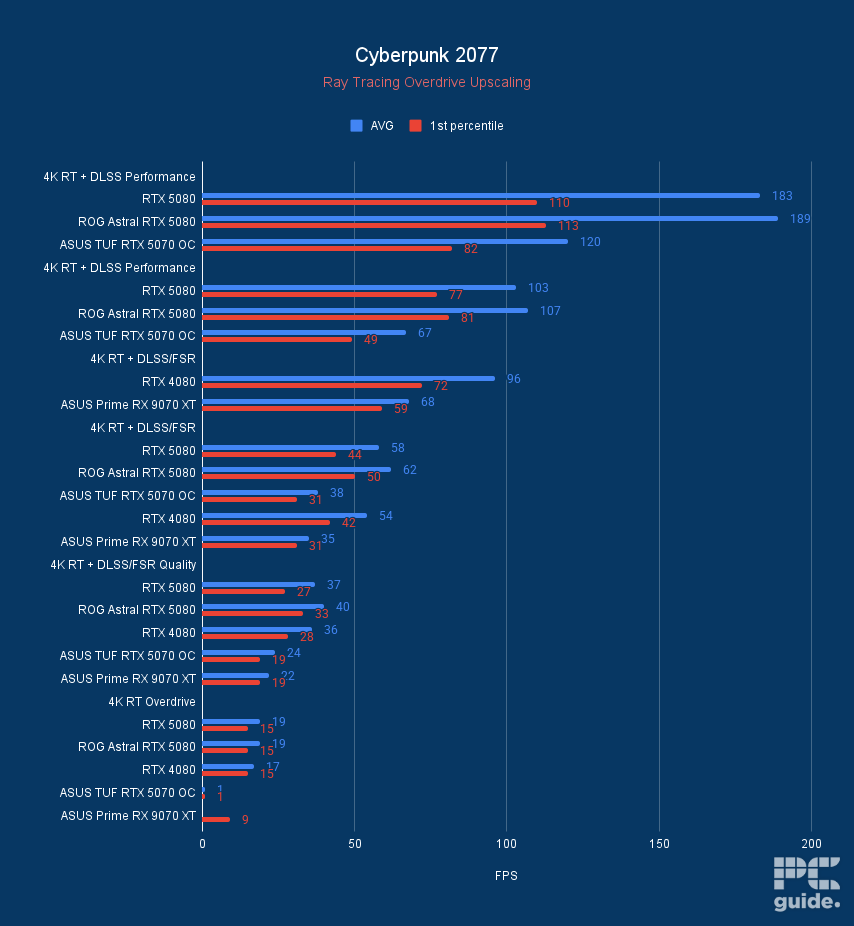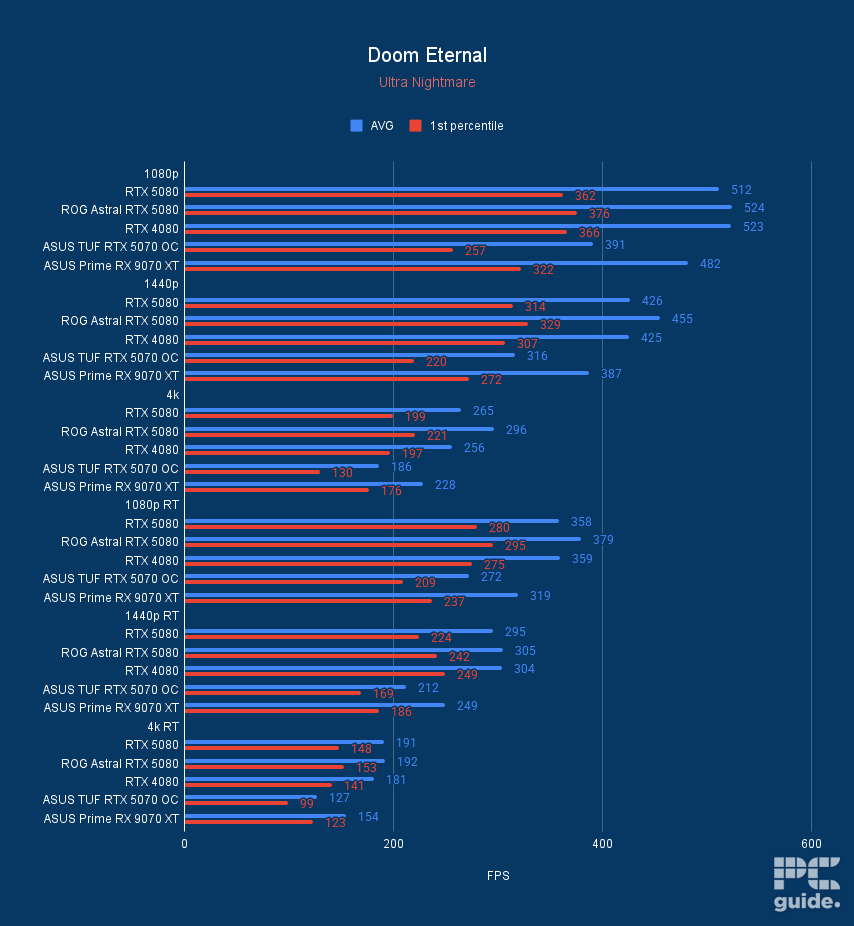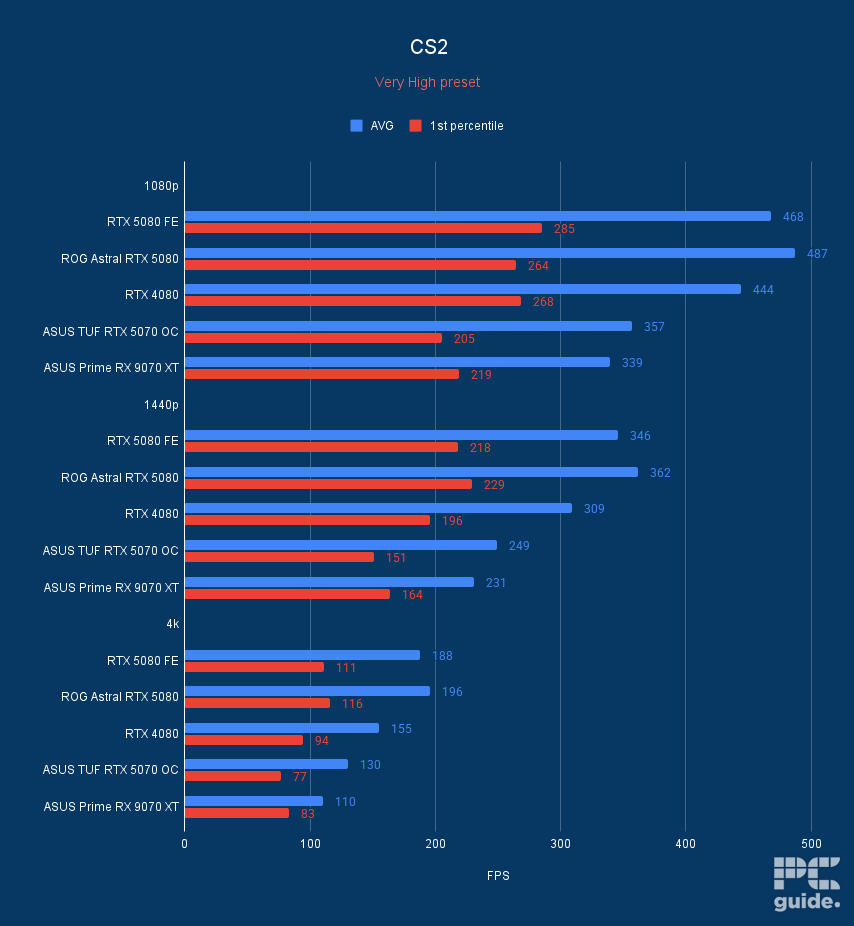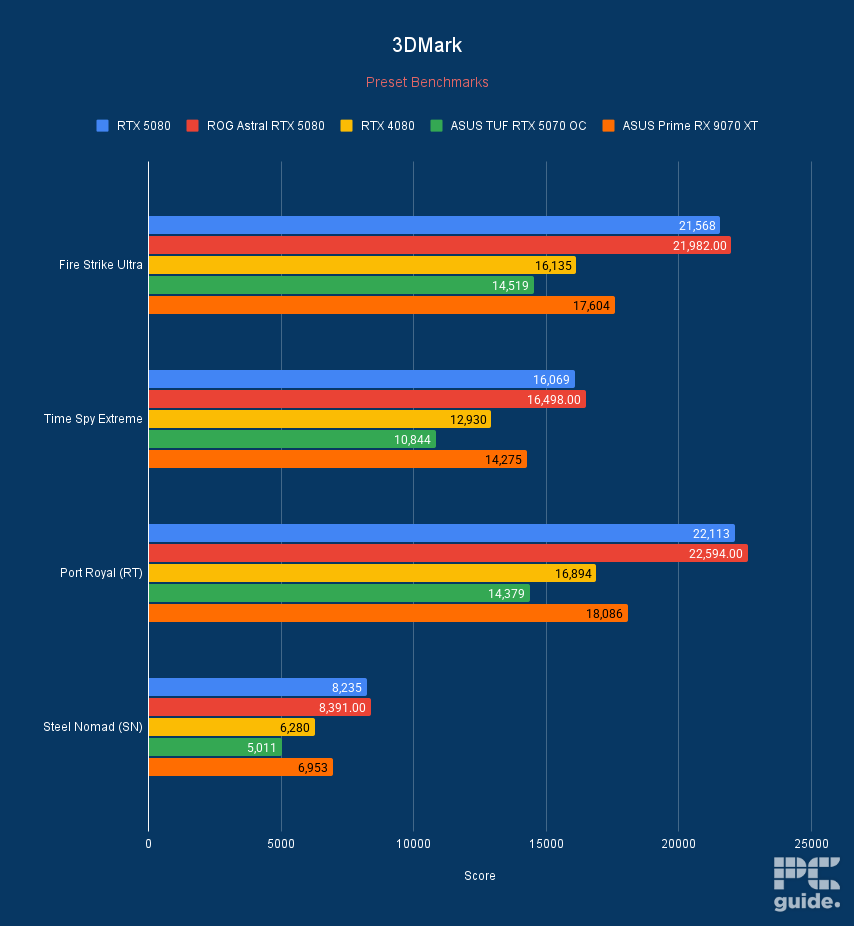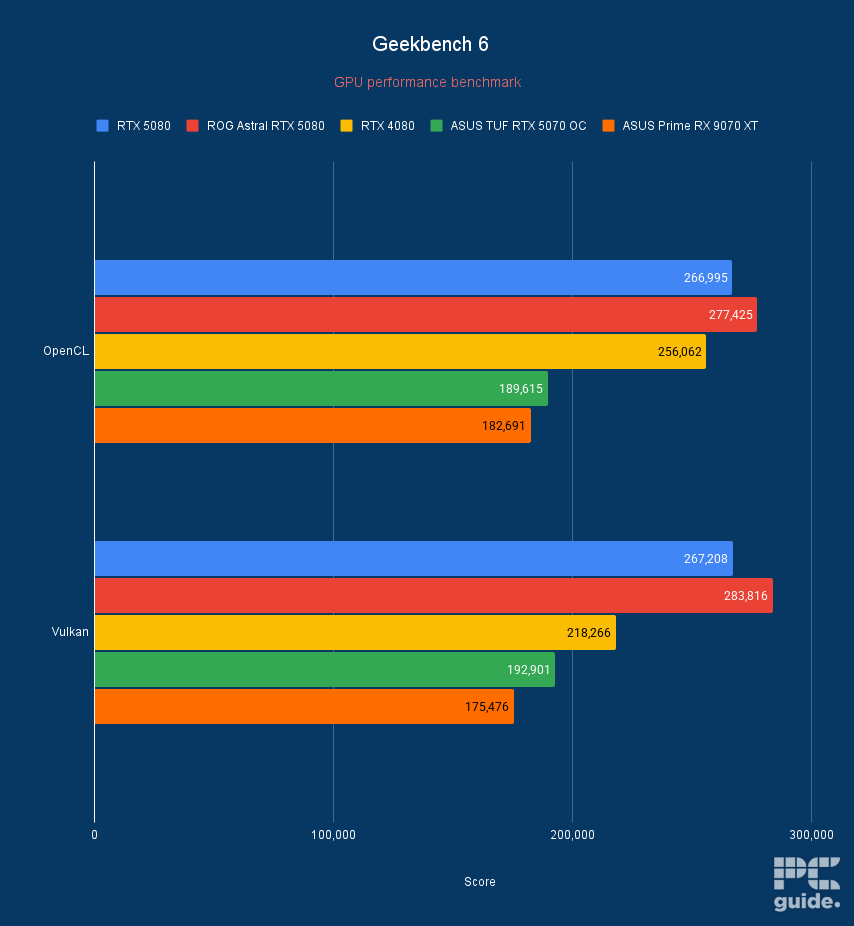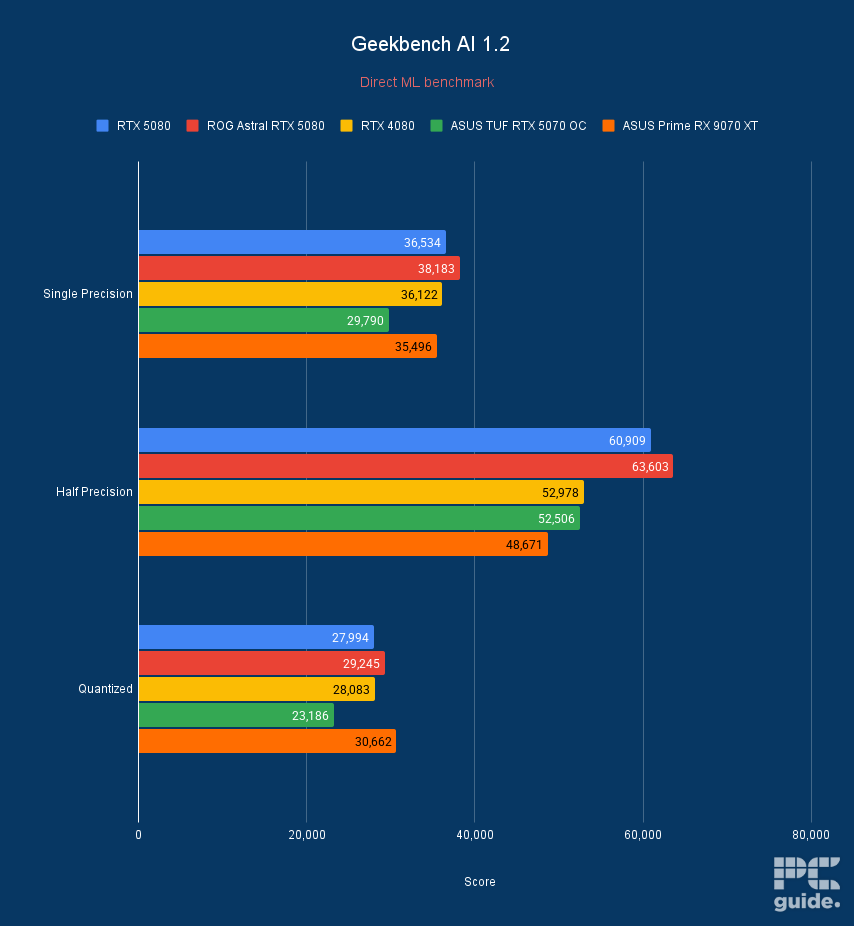ASUS Prime RX 9070 XT OC review: Fighting Nvidia at a much lower price
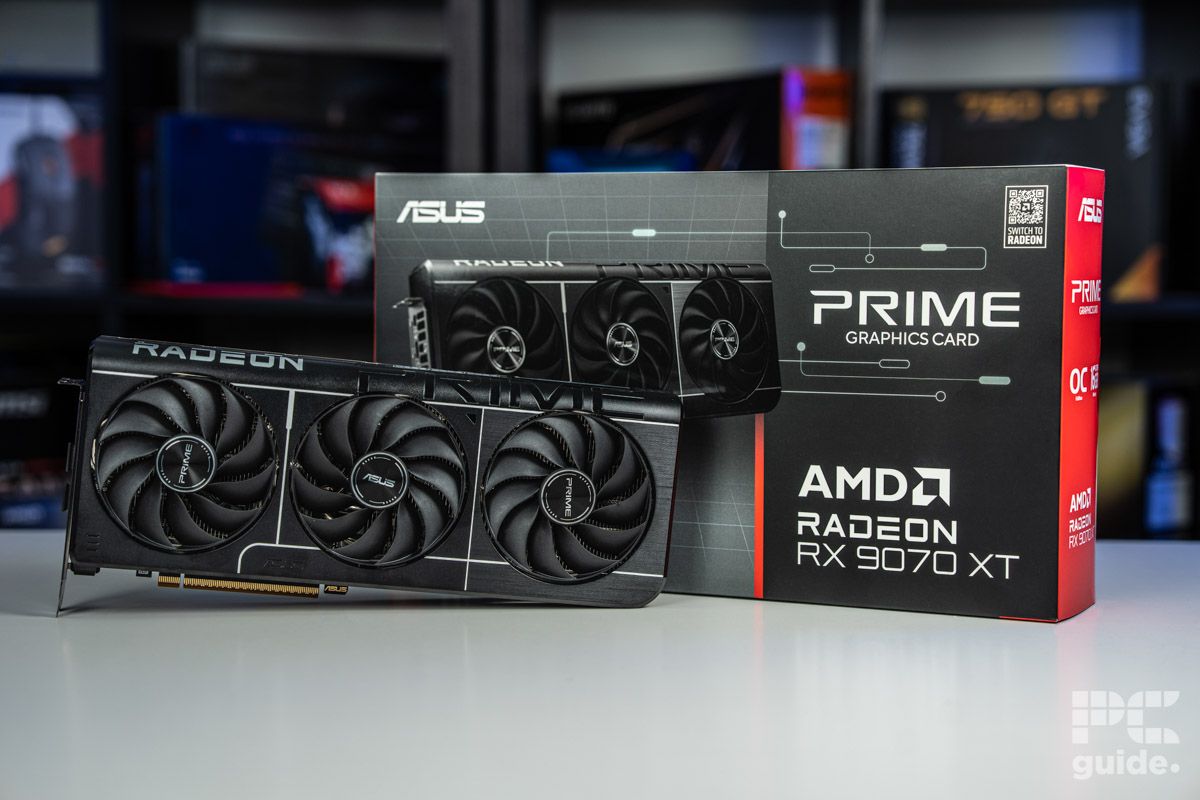
Table of Contents
AMD has finally released its new generation of graphics cards, the RX 9070 XT and RX 9070. With Nvidia falling down in sentiment considering the lack of stock and not so great reception as even our RTX 5070 review didn’t exactly give it a great score. That leaves a pretty open door for AMD to enter and be able to sell plenty of cards if it has the supply, but is its card worth considering?
We put that to the test and reviewed the ASUS Prime RX 9070 XT OC, which brings some competitive pricing and design to the market. As AMD has been sitting on these for quite some time, I can only hope it has some great performance behind it that might make it one of the best graphics cards to consider, even if it doesn’t aim to compete right at the top end. So here is how it performed and what I think of the card.
Prime Day is finally here! Find all the biggest tech and PC deals below.
- Sapphire 11348-03-20G Pulse AMD Radeon™ RX 9070 XT Was $779 Now $739
- AMD Ryzen 7 7800X3D 8-Core, 16-Thread Desktop Processor Was $449 Now $341
- ASUS RTX™ 5060 OC Edition Graphics Card Was $379 Now $339
- LG 77-Inch Class OLED evo AI 4K C5 Series Smart TV Was $3,696 Now $2,796
- Intel® Core™ i7-14700K New Gaming Desktop Was $320.99 Now $274
- Lexar 2TB NM1090 w/HeatSink SSD PCIe Gen5x4 NVMe M.2 Was $281.97 Now $214.98
- Apple Watch Series 10 GPS + Cellular 42mm case Smartwatch Was $499.99 Now $379.99
- ASUS ROG Strix G16 (2025) 16" FHD, RTX 5060 gaming laptop Was $1,499.99 Now $1,274.99
- Apple iPad mini (A17 Pro): Apple Intelligence Was $499.99 Now $379.99
*Prices and savings subject to change. Click through to get the current prices.

- GPU: Navi 48 XT
- Stream Processors: 4,096
- VRAM: 16GB GDDR6
- Memory Bus Width: 256-bit
- Base/Game/Boost clock speed: 1,660/2,400/2,970 MHz
- TBP: 304W
After keeping us waiting a few months, AMD’s RX 9070 XT seems worth the wait. It offers incredible performance and true 4K gaming for $600. That is, if the market can meet the demand and provide enough stock for the card that can offer a breath of fresh air in the market.
AMD has even made great strides in AI and ray tracing performance, closing the gap to Nvidia and what it is capable of. Even though it’s not all there, it definitely makes it a more rounded option than either the previous generation. Even offering plenty of VRAM at the right price makes me question the worth of having the non-XT just $50 cheaper.
- Great performance even at 4K and reaching RTX 4080 levels
- Excellent MSRP makes it much more appealing against competition
- Incredible improvements over the previous generation
- Plenty of VRAM for the price
- Still falls behind in ray tracing, AI, and creative workloads
- Spiking and high power draw
- Features not as extensive as Nvidia
RX 9070 XT Price
The price is where AMD takes an aggressive stance against Nvidia, touting the world’s best $549 graphics card for its 9070, the 9070 XT comes at just $50 more and an MSRP of $599. Considering the non-XT was up against the RTX 5070, the XT model could offer much more for just the extra price on top. That might explain the delay in releasing the cards after they were not announced in AMD’s CES presentation.
It also might have given AMD some time to change the pricing following Nvidia’s launch of the RTX 50 series. Since the pricing strategy is confusing, placing two of its GPUs so close in price makes it compete with itself, as we saw with the previous generation, where the RX 7900 XTX and RX 7900 XT were just $100 apart, until AMD started lowering the price of the lower-tier card just months after release.
We can expect the custom cards’ pricing to vary. Overclocked and revised models usually charge more than the standard, and the ASUS Prime OC will likely do the same upon release.
Key specs
| Specifications | RX 9070 XT | RX 7800 XT | RTX 5070 |
|---|---|---|---|
| Cores | 4,096 | 3,840 | 6,144 CUDA |
| Base clock speed | 1,660MHz | 1,295MHz | 2,330MHz |
| Game/Boost clock speed | 2,400/2,970MHz | 2,124/2,430MHz | 2,510MHz |
| Memory | 16GB GDDR6 | 16GB GDDR6 | 12GB GDDR7 |
| Memory interface | 256-bit | 256-bit | 192-bit |
| Memory clock | 20Gbps | 19.5Gbps | 28Gbps |
| Bandwidth | 640GB/s | 624GB/s | 672.0GB/s |
| TBP | 304W | 263W | 250W |
| Power connector | 2x 8-Pin (Custom models vary) | 2x 8-pin | 1x 16-pin |
| MSRP | $599 | $499 | $549 |
| Release date | March 2025 | September 2023 | March 2025 |
Looking at the specs of the RX 9070 XT and comparing them to the RX 9070 XT and RTX 5070, we can see the kind of hardware it offers in the market. We can see how much it improves over the RDNA 3 card and compares to the closest Blackwell card in its pricing range.
Starting in the die and processing core, RDNA 4 moves away from the MCM design of two different chips, one for graphics and the other for IO, instead of moving back to monolithic while keeping the process size the same with TSMC’s 5nm transistor size. That might change its performance and function compared to the previous generation choice, as it has a similar stream processor count to the 7800 XT.
However, it offers a lot more speed from the factory, as it boosts the base clock speed to over 1.5GHz, while its game clock reaches what the 7800 XT had at its boost clock. Now, the 9070 XT’s boost clock is close to 3GHz, and with overclocked cards, you can expect to see that breach the line and improve the card’s speeds and performance.

Also, just slightly increasing the memory clock, a whole 0.5Gbps, provides a 16GB/s bandwidth improvement. Since it stays on GDDR6 VRAM, it does lose out compared to the RTX 5070, but the higher capacity might still make it a better option for higher resolutions, which I’ll investigate in our performance section.
All that doesn’t come for free, though, as the card’s board power has increased by 16%/41W to make it a bit tougher and more expensive to run. This is enough for AMD to up the recommended power supply to 750W compared to 700W of the 7800 XT. However, there’s no need to worry about burning cables here, as the Radeon cards default to the tried and tested 8-pin power connectors, providing more peace of mind than anything.
As we saw in our testing, our model was capable of reaching much higher levels since AMD allows partners to increase the power levels.
Design
The ASUS Prim RX 9070 XT is a simple and light card with a plastic outer shell and a metal backplate, which makes things cheaper and simpler. Although, unpacking it out of the box, there was quite a huge amount of protective plastic to try and peel off, with every surface covered with the layer that I spent way too long trying to get all off (and I realized after photos were done I’d even missed a section on the ASUS logo).
At the front of the card, there are three axial fans spanning the length of the card, which, considering the design, bring a strong uniform blower capability. That’s where you’ll find the long backplate with a cutout for that final fan to get a blow-through design, as the other two compete with the PCB and encasement from the shroud.
For the design, it has a relatively simplistic black colorway with white lines crossing the length and curving away. That is what happens to the plastic build that curves towards the side you’ll see in your case. A prominent Prime and Radeon logos cover most of the edge. A void between the top gives the airflow a place to escape, where the top right showcases the ASUS logo and three 8-pin power connectors, as AMD sticks to the old method.
On the sturdy backplate there’s not much more to see, just a few stickers, and plenty of screw heads for you to undo if you ever want a peak inside. There is also a BIOS toggle if you want to change between performance or quiet, depending on how much noise or performance you want from the graphics card. It certainly is a fingerprint magnet too, as just looking over it, the back is pretty covered now.
The IO isn’t as expansive as there was on the likes of the ASUS TUF RTX 5070, as there is once again just the one HDMI connector with the combination of three DisplayPorts. While the other side is enclosed and has three screw holes, likely to mount any GPU supports from your case or standalone to keep the card from sagging.
Performance
Next I put the card through the testing lab to see how well it performed. That also allows us to compare it against the competition of a range of Nvidia GPUs, which we can use to find its worth and capability. Seeing how much it has improved, including the ray tracing performance.
Test bench components:
- Motherboard: ASUS ProArt X670E-CREATOR WIFI
- CPU: Ryzen 7 9800X3D
- RAM: Corsair Dominator Titanium RGB (64GB, 6600MT/s, CL32)
- CPU Cooler: ROG RYUJIN III 360
- PSU: 1000W Phanteks
- Windows version: 24H2
- Driver:
Gaming
First off, we see how it performs in gaming scenarios and the framerates it achieves. Below are the results placed alongside the RTX 5080, 5070, and 4080 showing off whereabouts the RX 9070 XT slots in between them.
Starting with Counter-Strike 2, things don’t immediately look promising, as the RX 9070 XT falls behind even the RTX 5070. That might just be a driver and optimization thing, as that sentiment quickly falls away in the rest of the tests. In this particular case, the RX 9070 XT is between 5-15% behind the RTX 4070, 23-30% behind the 4080, and up to 40% below the RTX 5080.
However, in Cyberpunk 2077 and with no upscaling, the 9070 XT starts to take the lead, improving over the RTX 5070 between 14-27% and even trading blows with the RTX 4080 going between -3 to +7%. As for ray tracing, that does hinder the AMD GPU, but not too much, as it beats out the 5070 by 11-19% and now falls behind by 19% over the 4080 and 25% behind the 5080.
I did try upscaling here, too, as the 50 series uses DLSS 4. AMD’s graphics card can run FSR 3 in the game with the ability for single frame generation. Here, the 9070 XT isn’t quite on par with the same-name DLSS upscaling, but does provide a comparable solution to higher framerates.
In Doom Eternal, it gets plenty of high frame rates even for ray tracing. It beats out the 5070 by 17-23%, falling behind the 4080 by 7-18%, 5080 beating it out by just 5-19%. So, it holds up to the competition exceptionally well, including in ray tracing. The same can be seen in Assassin’s Creed Mirage where the 9070 XT beats out the 5070 by 13-25% in increasing resolutions, while only behind the 4080 and 5080 by 3-10%.
Horizon Zero Dawn Remastered gives the RX 9070 XT a great advantage across the board, even with FSR. It beat out all the other Nvidia cards I also tested, spanning an impressive 24-56% against the 5070. It even defeats the RTX 4080 and 5080 by single-digit percentages.
Indiana Jones the Great Circle returns the situation to a similar fashion. It beats out the 5070 by 0-14%, falling behind the 5080 by 7-19%. F1 24 gives the 9070 XT another significant advantage over the various resolutions, leading the 5070 by 25-30%, including upscaling. It also trades blows with the 5080 ranging a few percent here and there.
Synthetics
Lastly, I checked out the card’s synthetics, although there were a few instances where the program did not see it. One is the Blender benchmark, which doesn’t show the RX 9070 XT.
In 3DMark the RX 9070 XT holds out on its own, even beating out the 4080, but 7-10% in the different scenarios. The same is true for the RTX 5070 as it leads by between 21-38%, yet falls behind the RTX 5080 by 11-18%.
In Geekbench and Geekbench AI it’s a bit of a mixed bag as the 9070 XT falls behind for the most part. In Geekbench that’s 3 and 9% in OpenCL and Vulkan against the 5070, while it takes a surprising lead in the AI version. It’s not quite the whole story as it’s likely still not a great pick for general rendering and work tasks.
Thermal
I also tested the card’s thermal performance, putting it through Furmark 2 GPU and CPU stress tests over a 20-minute period to see how it behaved. Below is the graph of its performance, the fan behaviour to follow, and the power draw it is capable of.
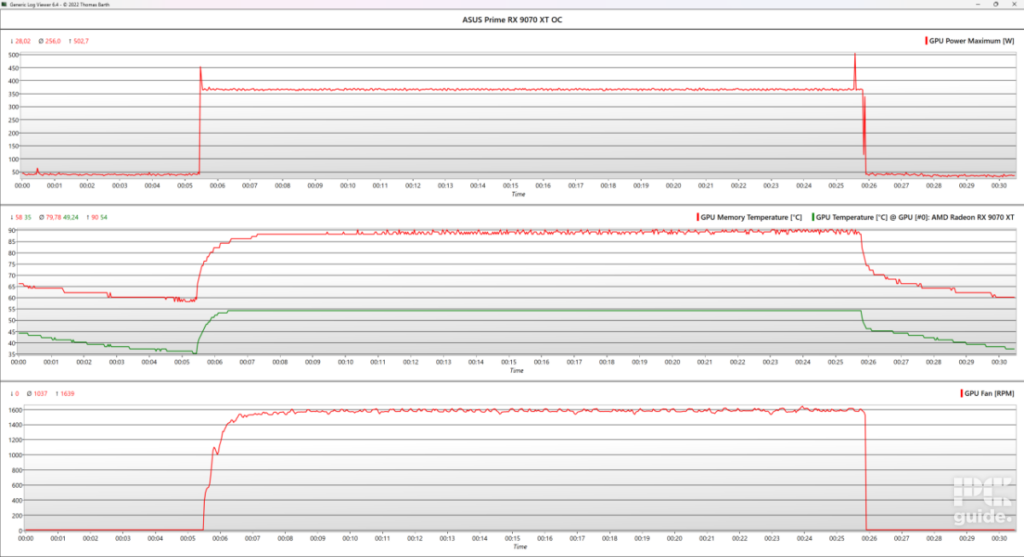
The 9070 XT reaches up to 360W on average, as it peaks over 500W at specific points. That can be a bit concerning, but doesn’t appear to be a constant, just spikes here and there. That makes it quite hot, as the memory junction reaches a toasty 90°C, yet the general GPU temperature only peaks at 54°C. That keeps it relatively cool and makes sure it doesn’t thermal throttle.
As for the fans, they do go for quite the fast spin to achieve that temperature. As they measure in at around 1,600 RPM, but it wasn’t loud either on the test bench, as it manages to do so in relative silence.
Conclusion

- GPU: Navi 48 XT
- Stream Processors: 4,096
- VRAM: 16GB GDDR6
- Memory Bus Width: 256-bit
- Base/Game/Boost clock speed: 1,660/2,400/2,970 MHz
- TBP: 304W
Overall, the RX 9070 XT is a great graphics card for the price. Fighting against cards higher up in tiers and so providing an excellent choice even for 4K gaming and with ray tracing capabilities. However, it still loses out in some scenarios, and not everything is up to the same level. However, for the price, it certainly offers excellent performance, especially against the competition, considering the great memory capacity it gives it that extra boost at the higher end.

